
Support Team
Feedback:
support@nextpcb.comPotentiometers serve as a versatile tool in electronic circuits that allows users to adjust the movement of electrical current. Generally constructed from carbon, conductive plastic, or wire-wound material, they are composed of a resistive element along with an adjustable wiper that slides across it. Potentiometer wiring is an important topic when comes to electronics.
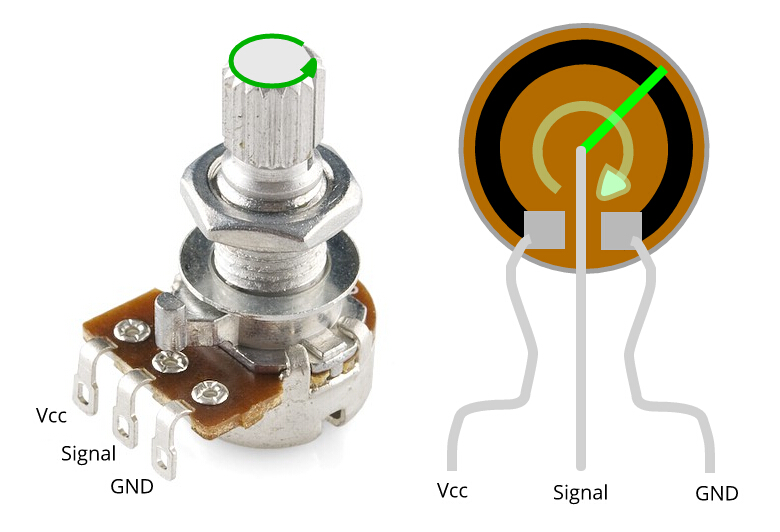
Positioning the wiper along a resistive element connected to two outer terminals can regulate the potentiometer's resistance, thereby controlling current flow. Potentiometers are invaluable in many areas-they're used as volume and tone controls for audio equipment, speed control for motors and fans, or sensors in instrumentation/measurement systems. Ultimately, this versatility makes them an essential component of any electronic system. Potentiometers are accessible in various forms and configurations, containing linear, logarithmic, and multi-turn designs. A major benefit of potentiometers is their practicality as an efficient way to modify the operation of a circuit; they can be easily incorporated into established circuits with adjustable resistance for meeting dynamic demands.
Potentiometers are an essential element in numerous electronic systems, and comprehending their operation as well as how to apply them correctly is a critical ability for anybody dealing with digital circuits.
In this article,
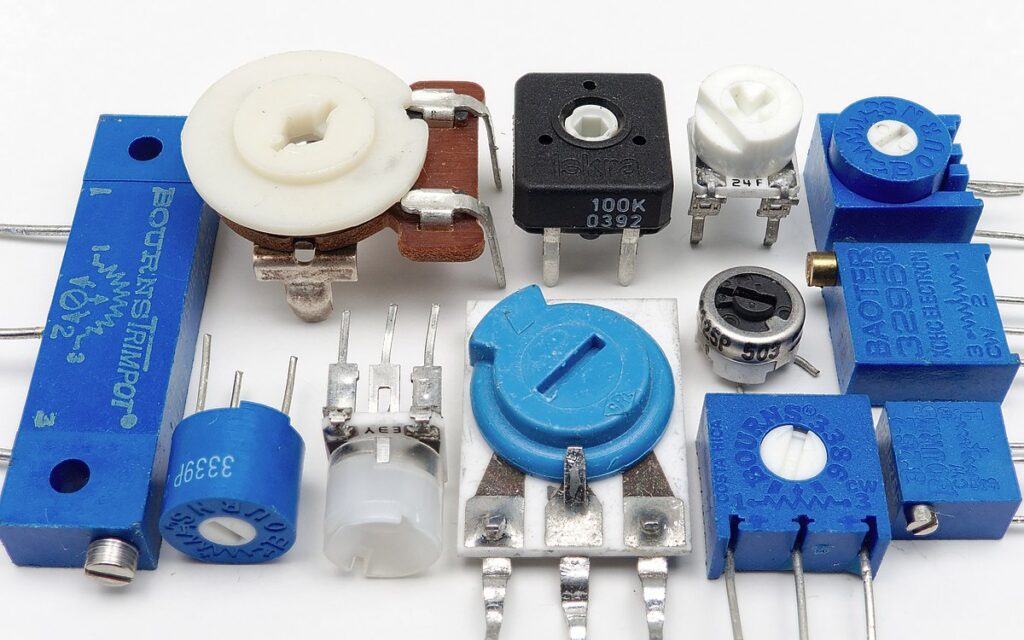
From electronic applications to various configurations and types, potentiometers - commonly referred to as "pots" or variable resistors - offer a plethora of options that can be tailored specifically to your needs. Here are some of the top varieties you should consider:
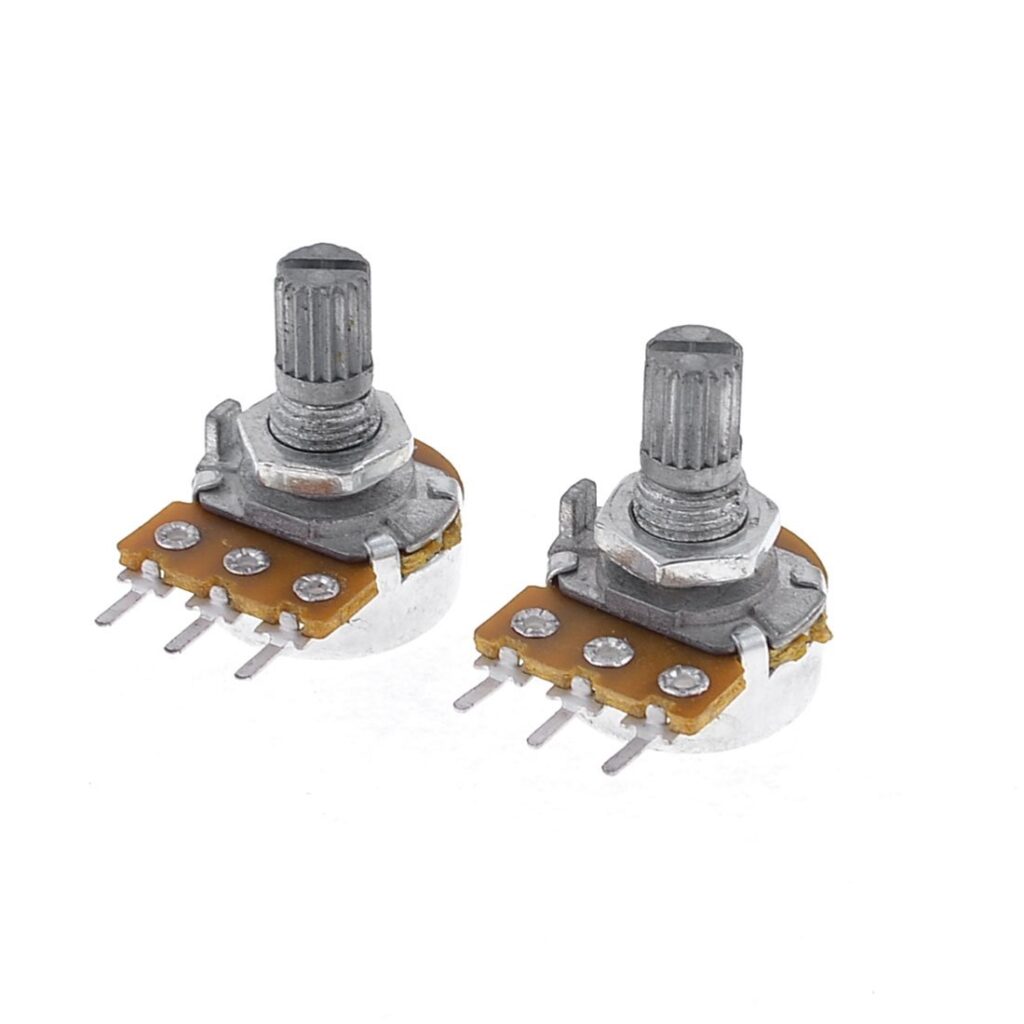
Linear Potentiometers, also referred to as linear taper potentiometers, offer a resistive element that is constantly changing in relation to the position of the wiper. The resistance alters along with the movement from one end of the device's element to another in an even-keeled and steady manner. Such kinds of potentiometers are typically seen employed for sound system volume and tone controls or lighting dimmers.
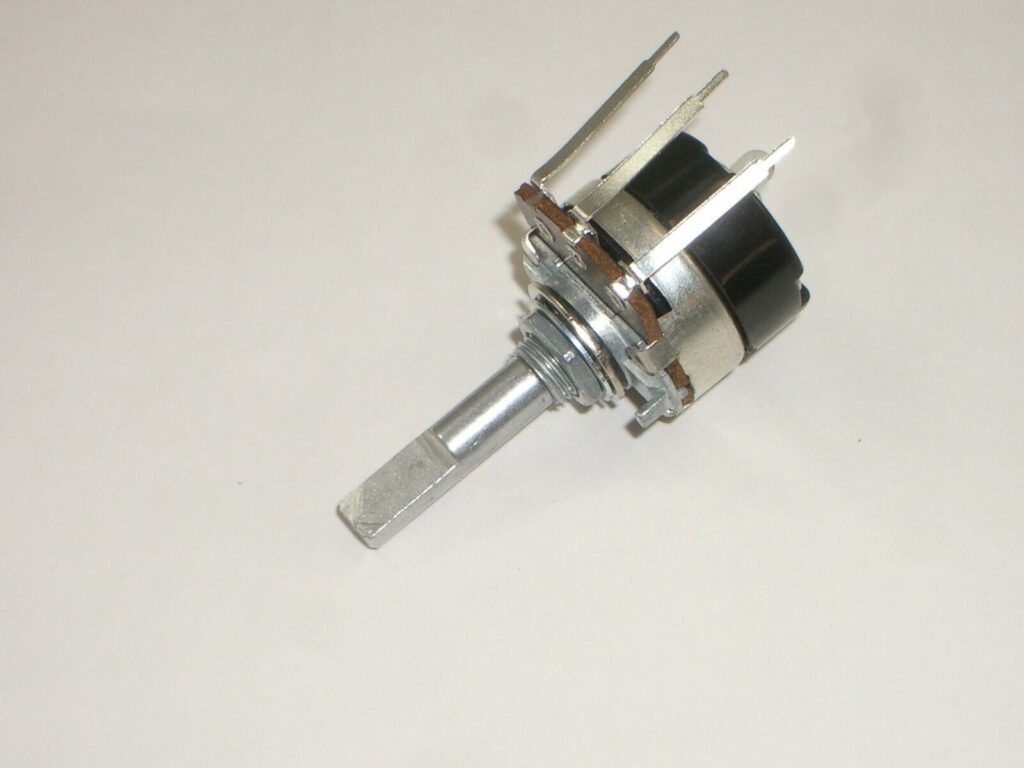
Logarithmic Potentiometers, also known as Audio Taper Potentiometers, are extremely useful in audio equipment due to their resistive element which changes logarithmically with the wiper position. This allows you to hear a greater range of sounds since your ear perceives sound on a logarithmic scale! With such an incredible feature and functionality, these potentiometers certainly offer great value for anyone looking to take their audio experience up a notch.
Compared to single-turn potentiometers, multi-turn potentiometers provide far more precise calibrations due to their resistive element that can rotate multiple times. As a result of their precision, these devices are routinely used in instrumentation and measurement systems where accuracy is essential.
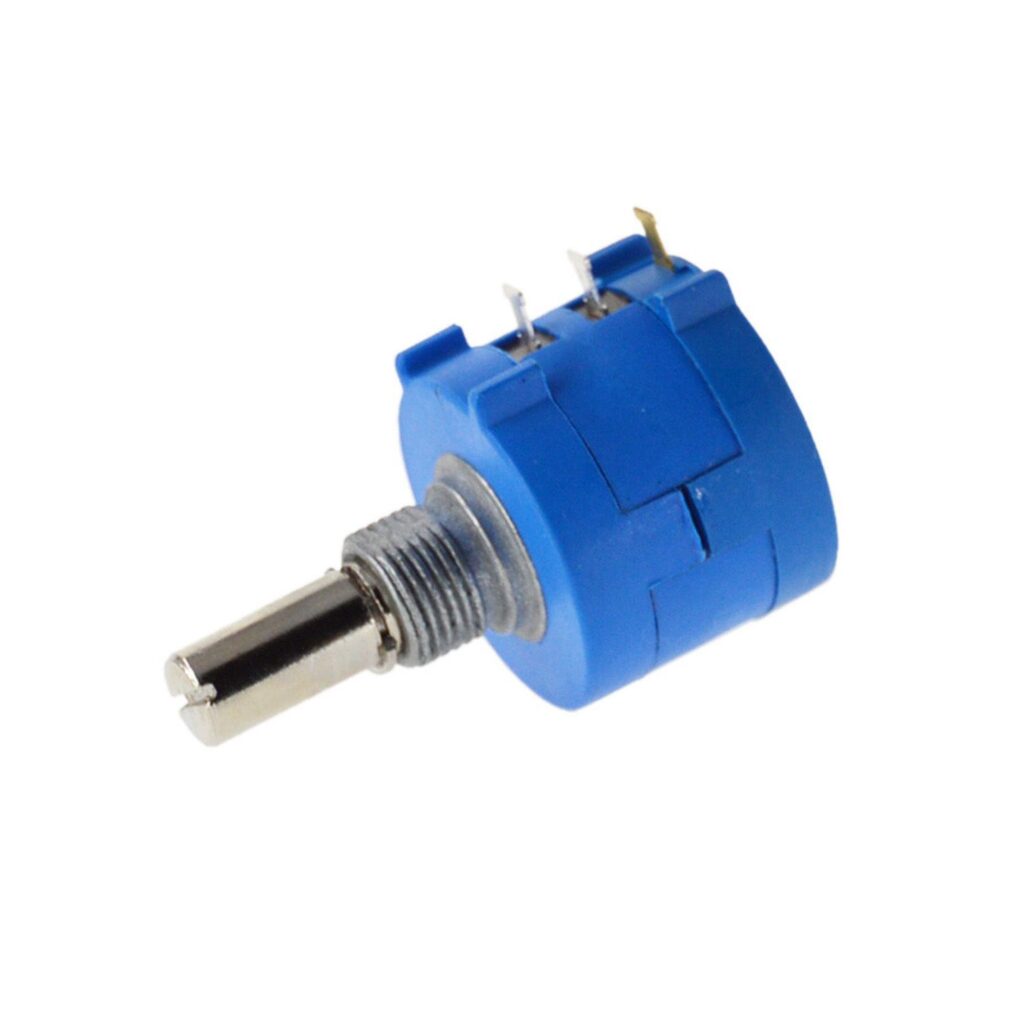
Rotary Potentiometers, otherwise known as rotary encoders or switches, contains a shaft that can be rotated in order to control the positioning of the wiper. These potentiometers are exceptionally useful for audio equipment and industrial systems; they're frequently employed for volume/tone adjustments on user interfaces.
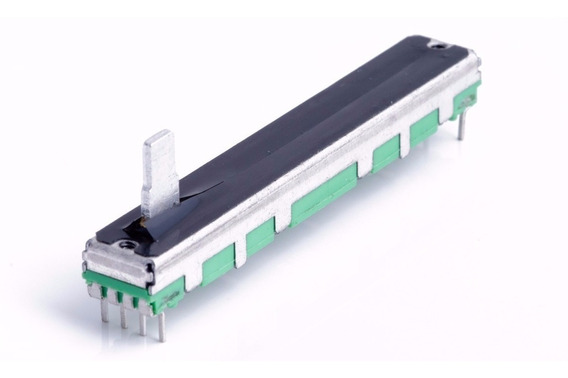
Slide Potentiometers: These potentiometers feature a linear resistive element that is grafted onto a sliding mechanism, with the wiper firmly affixed to said slider. This movement of the slide changes resistance as you move along it. You will often find these types of potentiometers in smaller electronic gadgets like mobile phones and portable audio players due to their size and convenience!
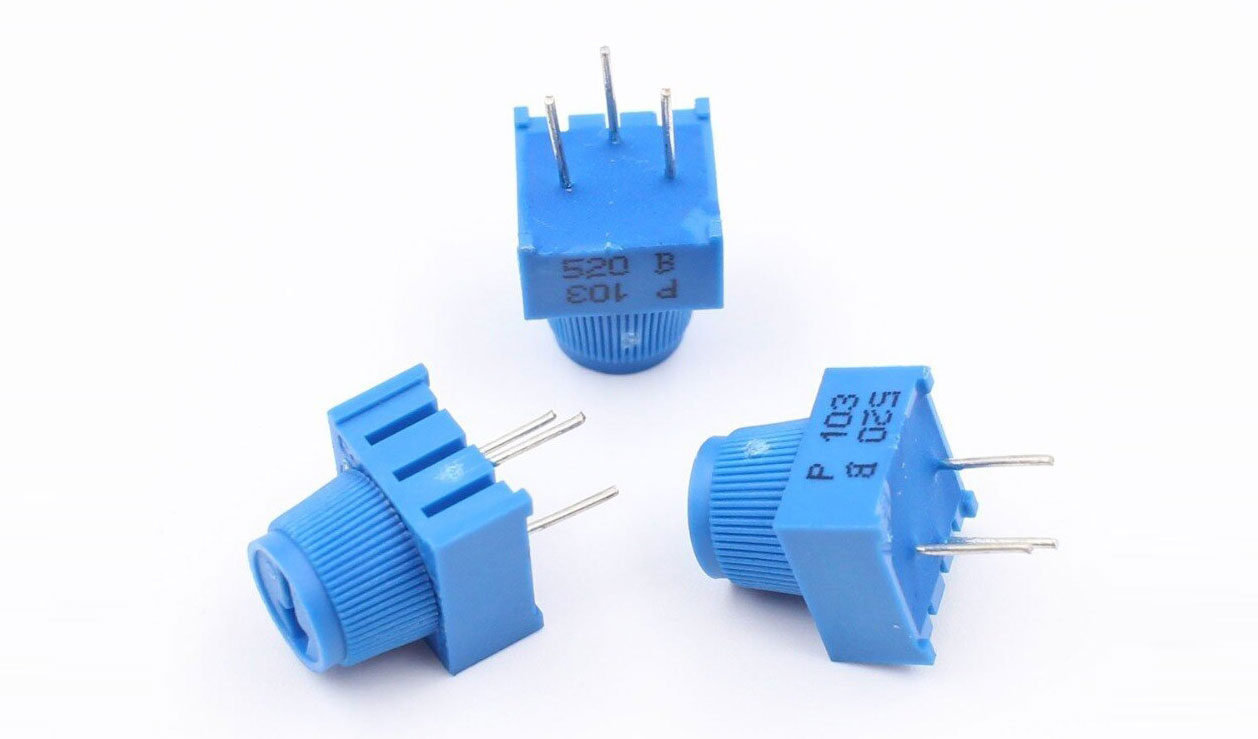
Trimmer Potentiometers, otherwise known as trim pots or preset potentiometers, are minuscule electronic components employed in the production and calibration of electrical circuits. Employing trimmer potentiometers enables adjustments to be made directly to a circuit board without any external interference from end users. This minimizes hassle and maximizes efficiency during manufacturing processes as well as troubleshooting tasks down the line!
Digital potentiometers can be a real game changer for digital signal processing and circuits requiring remote resistance control. Instead of using mechanical wipers, as in the case of analog potentiometers, they employ digital signals to manipulate the resistance levels. One must have an understanding of various kinds and applications of this device before selecting it for their particular project; so they get optimal results!
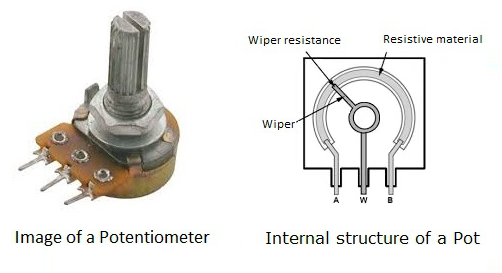
Navigating the abundance of potentiometers available for your electronic project or application can be overwhelming, so here are some factors to take into account when selecting one:
The resistance of a potentiometer determines the current that can pass through it. Potentiometers come in all shapes and sizes, ranging from only several ohms to multiple megohms! When selecting your potentiometer, make sure its value is compatible with your circuit needs.
Tolerance is a vital element to consider when dealing with potentiometers, as it allows one to measure the device's ability for consistency in resistance levels. This tolerance level is expressed as a percentage and usually the lower this value, the more accurate your readings will be. If you need precise resistance values from your potentiometer then you may want to avoid those that provide higher tolerances.
When selecting the best potentiometer for your circuit, you must consider its power rating. The power rating indicates how much wattage a component can safely handle without getting too hot or burning out. Make sure to select a potentiometer with an appropriate power rating that meets the criteria of your specific circuit's energy requirements!
Consider the type of potentiometer that is best suited for your application. Linear potentiometers are suitable for applications that require a linear response, such as volume or tone controls. Logarithmic potentiometers are best suited for audio applications where the human ear perceives changes in volume on a logarithmic scale. Multi-turn potentiometers are ideal for precise calibration applications, while digital potentiometers are suited for digital signal processing.
The physical size of a potentiometer can be an important consideration, especially if space is limited. Be sure to choose a potentiometer that will fit within the available space in your project or application.
Potentiometers are available in different mounting types, such as panel mount, PCB mount, or through-hole mount. Choose a potentiometer with a mounting type that is compatible with your circuit board or enclosure.
Finding the right potentiometer for your project or application involves analyzing various features, such as resistance value, tolerance level, power rating, type of potentiometer, physical dimensions, and mounting style. By taking all these factors into account with discernment and precision you can guarantee that your selection is appropriate for its intended purpose.
Potentiometers are commonly used in electronic circuits for controlling the voltage or current flow. Here are some wiring diagrams for different types of potentiometers:
Linear potentiometers have a resistive element that changes linearly with the position of the wiper. Here's how to wire a linear potentiometer:
Here is an example diagram.
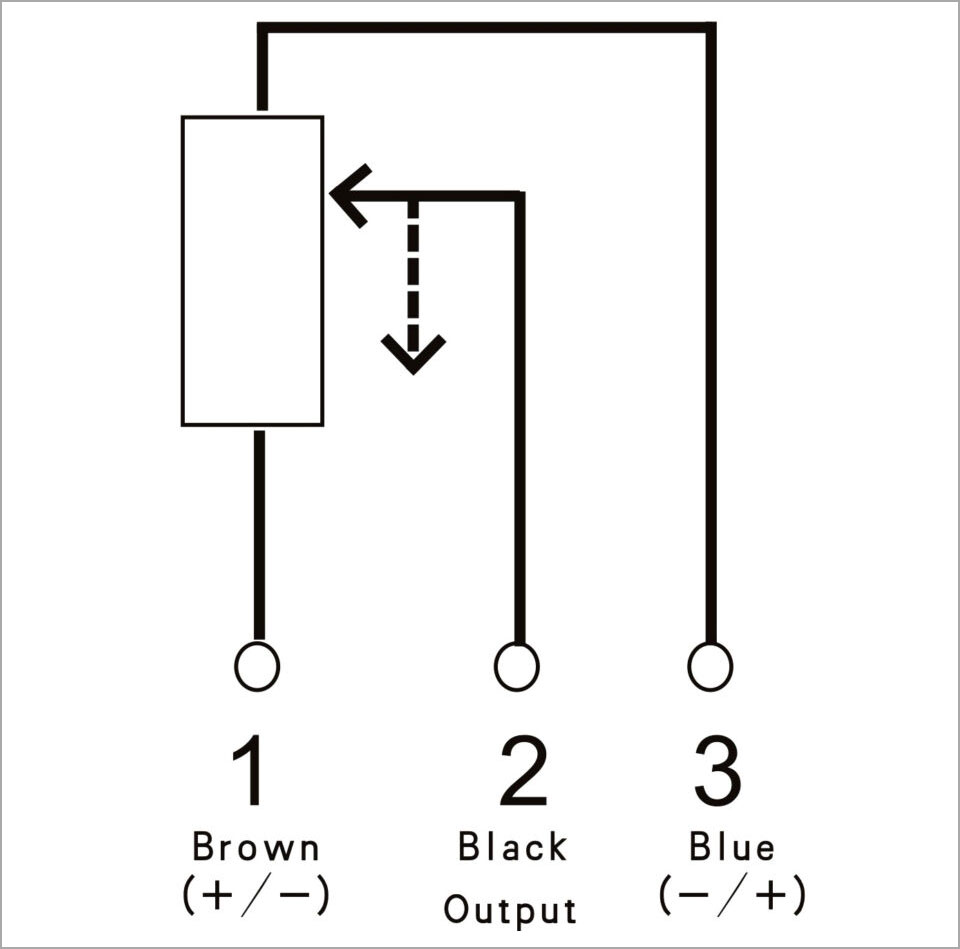
A logarithmic potentiometer has a variable resistive element that follows an exponential pattern with the position of the wiper. To wire up this type of device, you must:
To wire a multi-turn potentiometer, here's what you need to do:
By simply following these steps and rotating its knob multiple times, you can adjust resistance levels as needed!
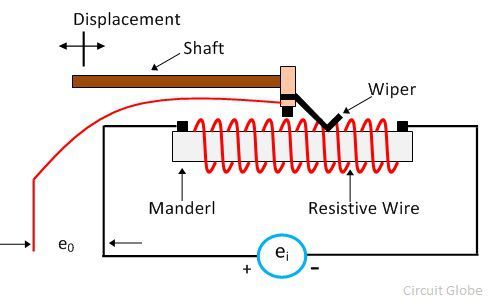
Potentiometers may experience wiring difficulties that can ultimately lead to malfunctioning circuits. To help you troubleshoot these issues, here are some useful tips for potentiometer wiring:
The first thing to check when troubleshooting potentiometer wiring is loose connections. If any of the connections are loose, it can cause the circuit to malfunction. Check all the connections to make sure they are tight and secure.
One of the most frequent problems with potentiometer wiring is a short circuit. This happens when two wires are connected directly, resulting in an unwanted connection between distinct points in your circuit. A short circuit can be damaging to the circuitry and result in malfunctions if not addressed quickly enough. To avoid these issues, look for signs of a short along all connections carefully!
During wiring, components may become impaired. If any of these elements are not in good shape, the circuit could potentially fail or malfunction. Therefore, it is essential to thoroughly inspect all associated parts before connecting the circuits to ensure that everything is functioning at its best.
When it comes to wiring potentiometers, you need to ensure that the diagram used is specific to the type and application of the circuit being implemented. If wired incorrectly, your system will perform inadequately or not even work at all; double-check this crucial step by referring back to the exemplary diagram before powering up!
If the wiring appears to be in good order, there is a chance that the potentiometer may be malfunctioning. Utilize a multimeter to test it and make sure everything is working appropriately. If you find that this part has gone bad, then consider replacing it with an entirely new one for the best results.
If your potentiometer is not grounded correctly, it can cause a circuit to crash. To avoid any issues, ensure all the grounding connections are secure and properly connected. Follow these simple steps if you want to quickly identify and resolve wiring problems with potentiometers in electronic circuits.
Are you ready to take your potentiometer wiring skills to the next level? There are some advanced techniques that will aid in optimizing performance:
Shielded wiring is a highly effective technique for blocking interference in an electronic layout. It involves encasing the cabling with a conducting shield to protect it from outside electromagnetic disruption. This approach is especially useful when potentiometers are used to secure delicate operations, such as sound networks.
Dual-gang potentiometers are a great space-saving solution for any stereo circuit. These two identical pots come in one single housing and can control both the left and right channels with ease, reducing wiring complexity while offering maximum efficiency. Perfect for those looking to optimize their sound system without sacrificing quality!
Tapered potentiometers offer a non-linear resistance curve, making them ideal for circuits that require precise regulation of resistance over an extended range. Take audio systems, for instance; tapered potentiometers are the perfect solution to adjust volume levels as their logarithmic taper surpasses linear in this particular case.
Tiny trimmer potentiometers are ideal for the assembly and calibration of circuits, as they permit precise resistance tuning. Most notably, they can be found in radio frequency systems that require the utmost accuracy when adjusting their resistances.
Potentiometer splitters are powerful electronic circuits that can be utilized to divide a potentiometer signal into multiple outputs. These components prove invaluable in situations where the same potentiometer needs to control different functions or configurations at once. Designing and constructing these splitters is effortless, since they may be created with op-amps or straightforward resistive networks.
For accurately controlling or frequently altering resistor values in digital audio systems, nothing works better than Digital Potentiometers. To further optimize the performance of these electronic components, savvy engineers employ innovative strategies such as shielded wiring, dual-gang potentiometers, and trimmer potentiometers to name a few - all contributing towards improved functionality, accuracy, and flexibility within circuits powered by potentiometer technology.
Potentiometers can be a viable solution for controlling voltage, current, and resistance in your circuits. With so many different types and sizes to choose from based on specific requirements, it's essential that you select the right one to ensure peak performance. Furthermore, proper wiring is critical if you want your potentiometer to work optimally - there are various techniques available when troubleshooting or optimizing circuit operations with these components!
From shielded wiring and dual-gang potentiometers to tapered, trimmers, splitters, and digital models - advanced potentiometer wiring techniques are the key to designing circuits with optimal accuracy, flexibility, and functionality. By learning about each type of technology available in this area we can ensure our projects exceed all expectations!
Still, need help? Contact Us: support@nextpcb.com
Need a PCB or PCBA quote? Quote now
|
Dimensions: (mm) |
|
|
Quantity: (pcs) |
|
|
Layers: 2 |
Thickness: 1.6 mm |
|
|
|